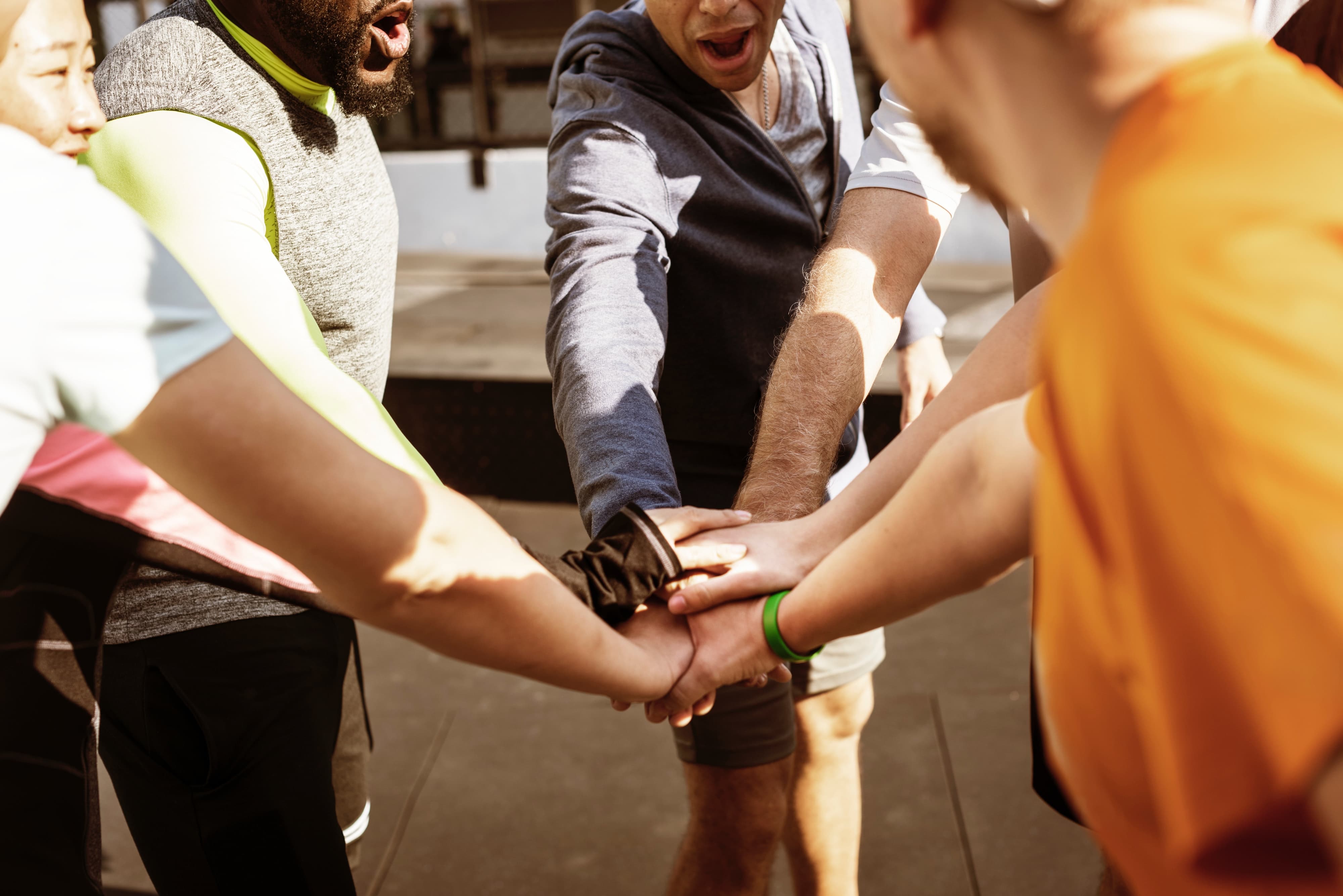
Picture this: You’re headed into your first fitness class in a new studio space, excited for the workout that you’ve signed up, slightly nervous because you’re not quite sure what to expect...and as you enter the room, you set up your equipment, take a deep breath, look around...and notice that no one looks like you. Everyone else, including the instructor, has the same body type, appears to have the same ethnicity, looks like they have been taking this workout class together forever, and you are the only one that looks like you. Now...how do you feel?
For many of our class participants, this is a defining moment that determines whether or not they come back to class even before it begins; not because the workout is ineffective...but because somehow in a group class, we have managed to make them feel very much alone in an environment that’s intended to be open and welcoming. This is the story our participants are sharing post-workout classes, with their fitness instructors, their friends, and their studios and their concern remains the same: Why are the class offerings diverse but not the people leading and taking the class?
The importance of Diversity and Inclusion (D&I) across the fitness sector is not a new topic by any means. If we take a step back and reflect honestly, we’d recognize that D&I is not just a current trending topic in the fitness industry; it's always been a focus that never quite received the attention it deserves. This may be partially because when we talk about Diversity and Inclusion in the group fitness space, it often translates to mean let’s focus on the diversity of the classes offered and not necessarily who is in the classes. D&I is really about the people and creating a safe space for everyone where they feel accepted as they are to workout. Instead of diversifying our class offerings, we need to make an intentional effort to diversify the people composition of our class participants.
By traditional definition, Diversity and Inclusion (D&I) is defined as “the collective mixture of differences and similarities that includes for example, individual and organizational characteristics, values, beliefs, experiences, backgrounds, preferences, and behaviors” while inclusivity speaks to “the achievement of a work environment in which all individuals are treated fairly and respectfully, have equal access to opportunities and resources, and can contribute fully to the organization's success” (SHRM). And while these traditional definitions still hold true, the actual evolution of how they translate into tangible action has changed. Individuals are actively pushing for spaces where they can truly bring their whole self to the environment they are in and feel accepted, seen, and heard. This same push is present in the fitness community also, as participants are looking for environments where they feel accepted and included.
Why Does It Matter?
We are in a space where our class participants are looking to have an experience where they feel safe in their workout experience. Participants want to feel connected to those who look like them and be able to say to themselves, “Yes, I belong”. When a participant sees another participant with who has a similar body type, also wears her hair natural, and looks like them, they instantly begin to feel more community because they are not the “only” in the room. Participants are looking to walk into a fitness space and see immediate “critical mass,” a term noted by Claude Steele in his book, Whistling Vivaldi, where there are enough minorities in a setting that the individual minority no longer feels uncomfortable or an interfering level of identify threat. From race to age to body type to gender, participants no longer want to be the “only” in the room...and are either actively seeking out spaces where they are not or beginning to create their own.
When participants feel that they are welcome and included, they return to those spaces, resulting in longer participant retention, higher return on investment for studios, and ultimately, an increase of bottom-line profit. This, however, cannot be the main driver behind why D&I matters to a fitness space. Participants are looking for real, authentic commitment and experiences that demonstrate to them that inclusivity is not just a thought; that there are real actions being taken to ensure they feel welcomed.
So where should you start with bringing D&I into your own fitness space? Here are three strategies to consider:
- Rethink Your Instructor Recruitment and Development Strategies: Participants often cite one of the first things they notice in their classes is the diversity, or lack thereof, of instructors actually leading the class. It’s important that studios begin to evaluate the composition of their own instructor teams and if they are creating a homogenous environment simply by who they choose to lead their classes. From evaluating this, studios can then take a more intentional focus to hiring a more diverse staff that they support, meaning that in the same way our participants desire to bring their whole self to the space, instructors are encouraged and supported to do the exact same.
- Redesign Your Participant Marketing Outreach: In a world where marketing continues to be key to reaching new and current participants, it is equally important that diversity is shown through marketing materials. If a participant signs up for a new class, then goes to the space’s Instagram page and sees no one that looks like them on it, it may signal to the participant that they will be entering a space where they will not feel included...all before they ever even step into the studio. Being mindful of sharing diverse stories of instructors and participants on all marketing materials, from the pictures to the content, builds a feeling of inclusivity for participants and signals that they are not sweating alone.
- Engage Your participants in the Conversation: Ask your participants, particularly those who have yet to return, direct questions about how included they actually feel when attending a class in your space. Instead of asking how the workout was, ask if they felt welcomed and included. Did they feel like they saw others who looked like them and made them feel connected? These questions will allow you to go beyond the surface and hear from participants on how your D&I focus is working and if they find it authentic, inclusive, and truly helping them to feel that they belong every time they step into your space.
While these are three of many strategies that can be taken, the important first step is to acknowledge that Diversity and Inclusion matters. It matters to our participants. It matters to our instructor staff. It matters to each individual who desires to walk into a fitness space and feel that they have a safe place to sweat, grow, and build community. And because of this: it should matter to us. It’s not enough to diversify the class offerings when it appears that the same homogeneous approach is applied to the clientele who attend the class. Just like in the workplace where there is an intentional focus on diversity, the same must be applied to our fitness spaces too.
Citations:
Dishman, Lydia. Millennials Have A Different Definition of Diversity and Inclusion. Forbes. 2015
Society of Human Resource Management, www.shrm.org
Steele, Claude. Whistling Vivaldi. W. W. Norton & Company. 2010

